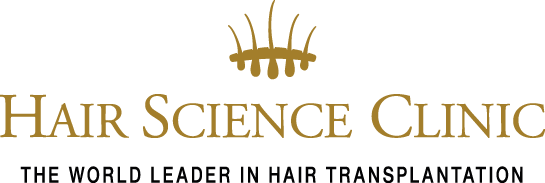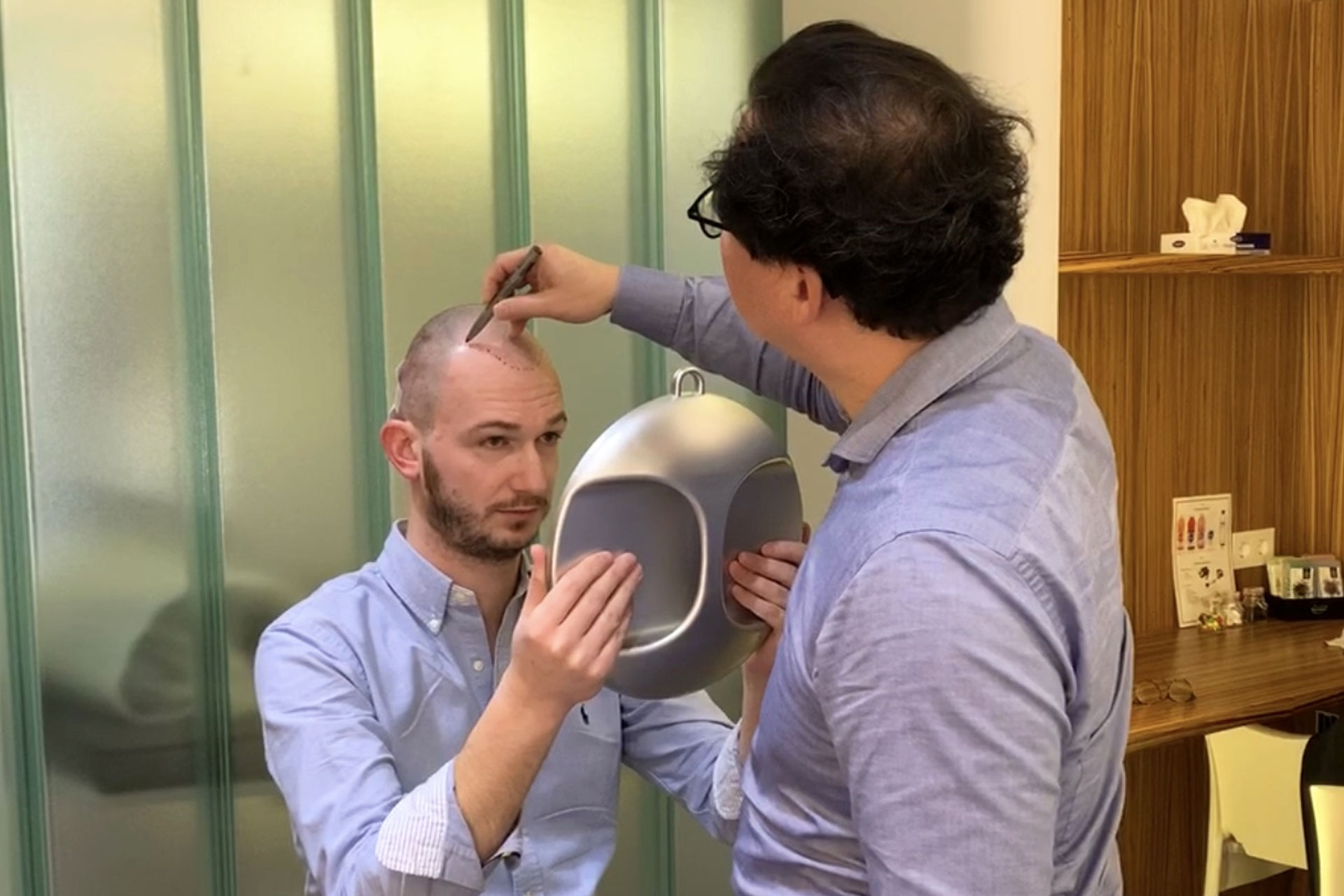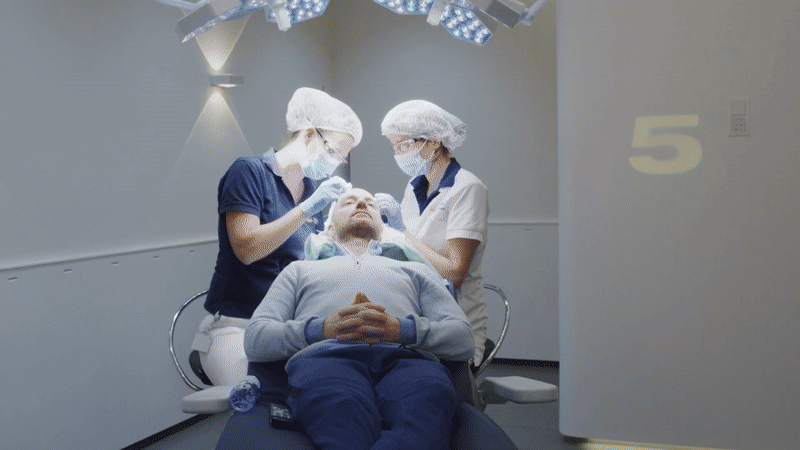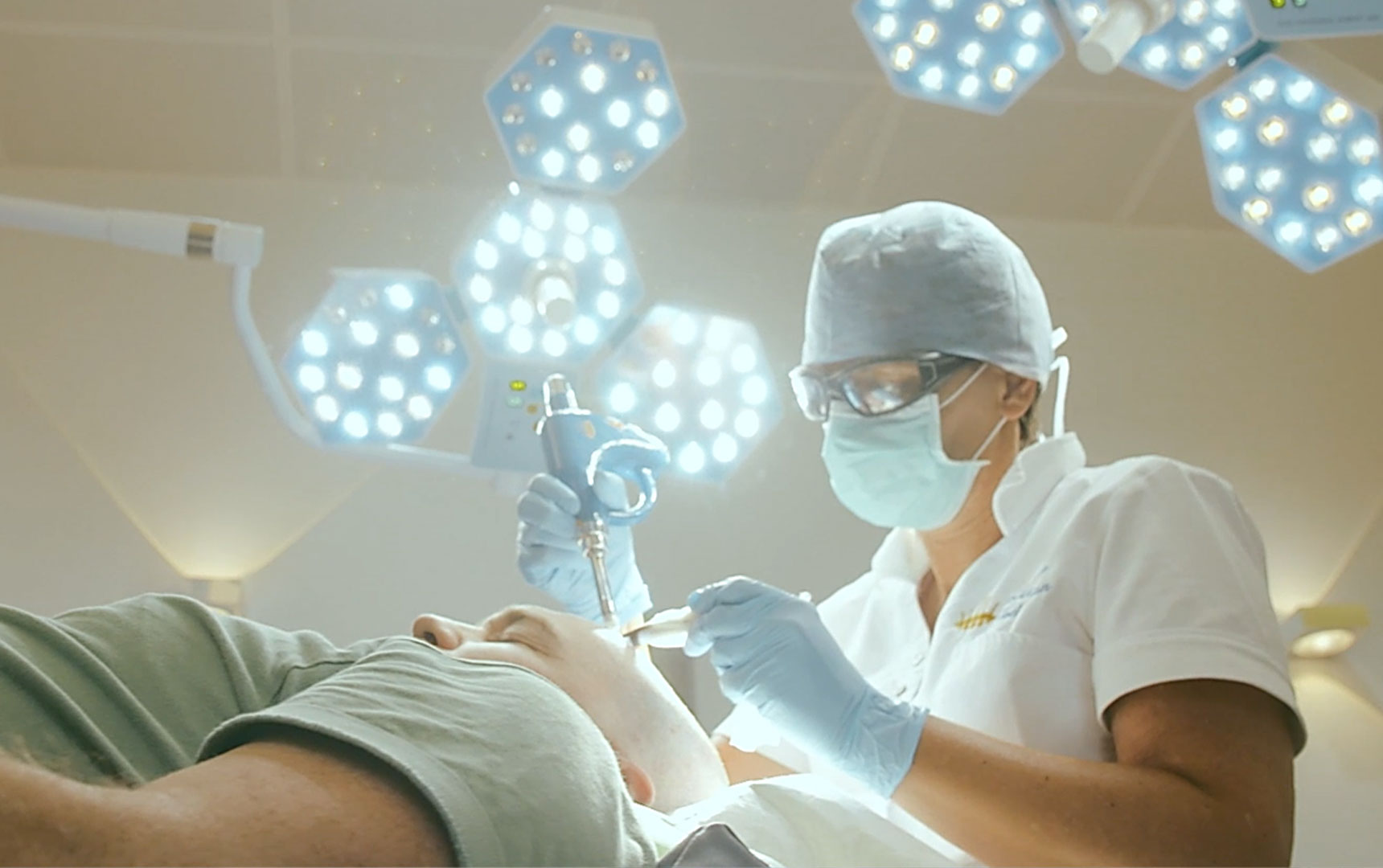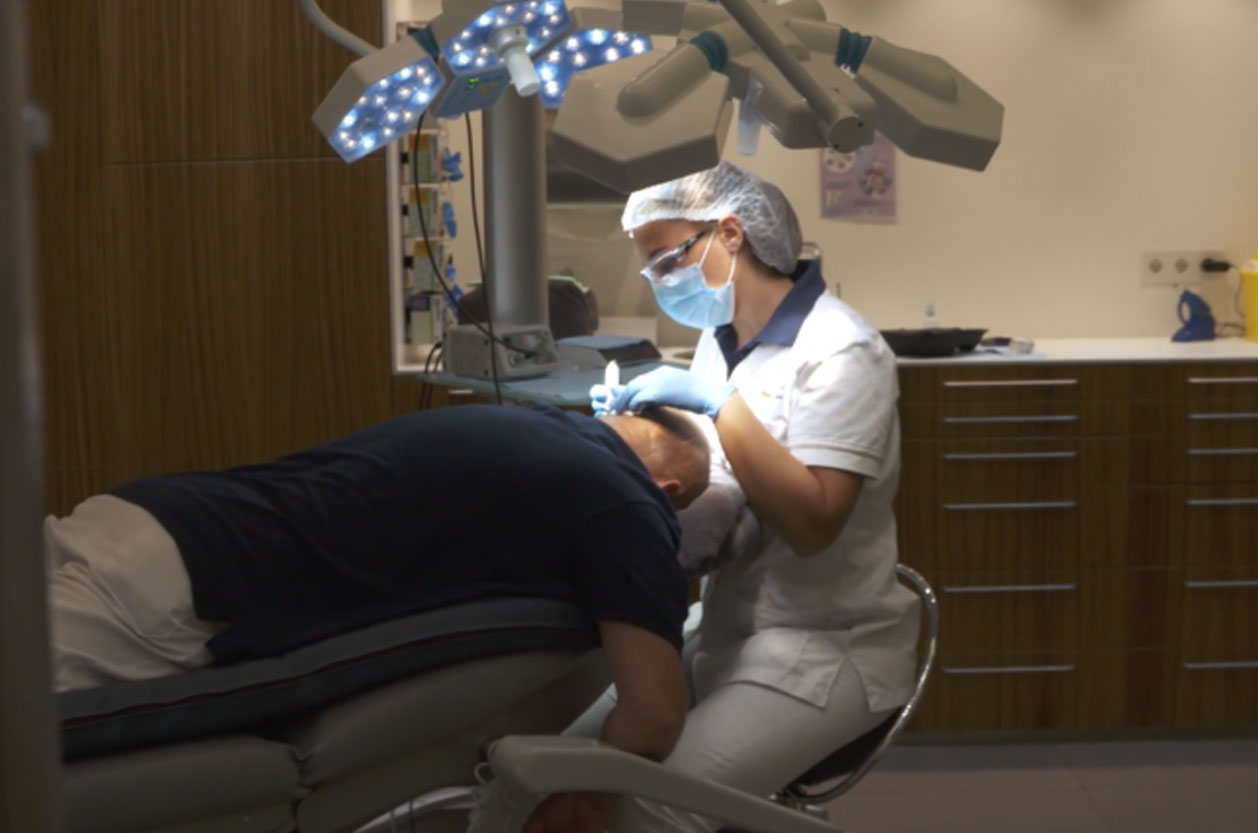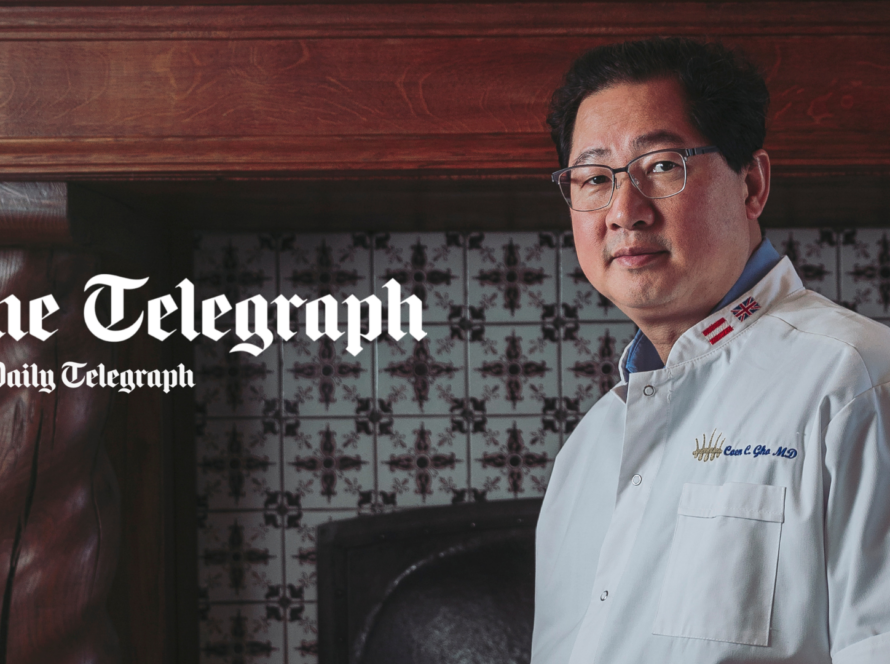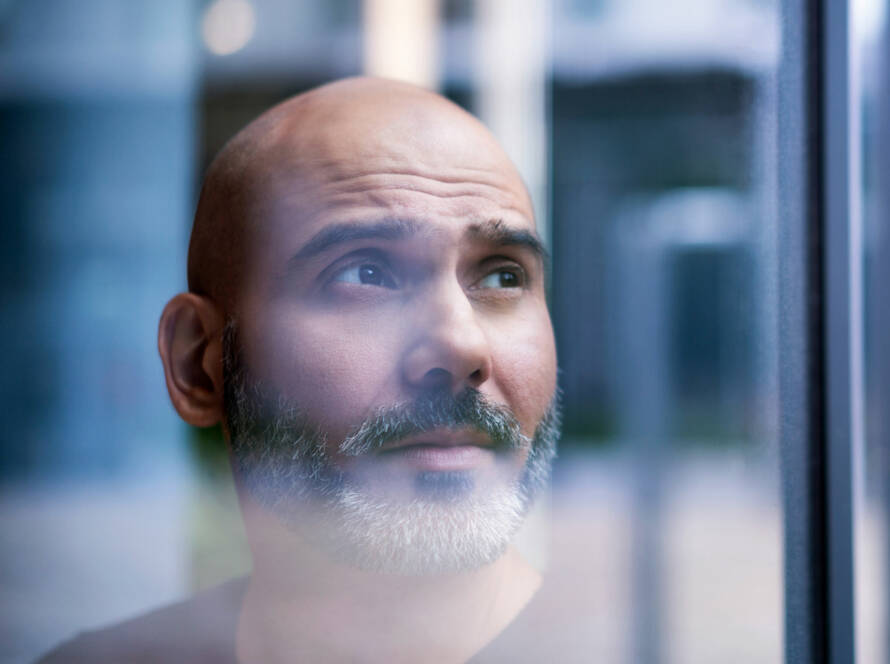Are hair transplants permanent?
Yes, hair transplants are generally considered permanent. The transplanted hair follicles are taken from areas resistant to hair loss, typically the back or sides of the head, and then implanted into thinning or bald areas.
Once transplanted, these follicles continue to grow hair in their new location for a lifetime. However, while the transplanted hair is permanent, natural hair loss in other areas may continue, so ongoing treatment might be necessary to maintain overall hair density.
Can hair transplant fail?
Yes, hair transplants can fail. Factors such as poor surgical technique, improper handling of hair follicles, inadequate post-operative care, and underlying medical conditions can lead to unsuccessful outcomes. Choosing a reliable clinic and skilled surgeon and following post-operative guidelines are crucial for success.
Read: why so many men are getting botched hair transplants
It is normal for hair to fall out after a hair transplant due to a process called ‘shock loss’. After the procedure, the transplanted hair follicles enter a resting phase as they adjust to their new environment. This causes the transplanted hairs to shed, typically within the first few weeks.
However, this is temporary and part of the normal hair growth cycle. The follicles remain intact and will start producing new hair after a few months, leading to permanent growth.
How hair transplant works
Hair transplants work by relocating hair follicles from areas with dense growth, usually the back or sides of the head, to thinning or bald areas. Two main traditional techniques are Follicular Unit Transplantation (FUT), where a strip of scalp is removed and dissected into individual follicles, and Follicular Unit Extraction (FUE), where follicles are directly extracted and transplanted.
Once implanted, the follicles establish themselves and begin growing new hair, providing a natural and permanent solution to hair loss.
Hair stem cell transplantation (HST) is an advanced hair restoration technique that involves harvesting grafts containing hair stem cells. These stem cells are then reintroduced into the scalp, where they stimulate the growth of new hair.
Unlike traditional hair transplants, which relocate entire follicles, this method aims to regenerate and grow hair from the stem cells, potentially allowing for more extensive coverage and faster results.
Which hair transplant method is the best?
Hair stem cell transplantation (HST) is considered the most advanced form of hair transplantation because of its use of stem cells to stimulate new hair growth. Unlike traditional methods in which entire hair follicles are moved, this technique takes a small portion of follicles (called grafts) and reinserts them into the scalp.
These stem cells can regenerate and grow new hair, allowing hair loss to be treated effectively and – due to the delicacy of the technique – in a less invasive procedure.
This approach offers long-term results, minimal scarring and with preservation of donor area leaving the possibility of treating further advancing hair loss. This makes HST the most advanced option in hair restoration today.
Can hair transplant go wrong?
Yes, hair transplants can go wrong due to various factors. Poor surgical technique, inexperienced surgeons, or improper handling of hair follicles can lead to unsatisfactory results, including uneven hair growth, noticeable scarring, or unnatural-looking hairlines.
Complications like infections, poor healing, or nerve damage can also occur. Additionally, if the transplanted follicles don’t establish themselves, they may fail to grow new hair. Careful selection of a skilled, experienced surgeon and following post-operative care instructions are essential to minimize risks.
Read: What you should consider when making your choice
Where hair transplant surgery?
Hair transplant surgery can be performed at specialized clinics and medical centers that focus on hair restoration. These clinics are often equipped with advanced technology and staffed by experienced surgeons who specialize in hair transplants.
It’s crucial to choose a reputable clinic with a track record of successful procedures and skilled professionals. Before undergoing surgery, consult with a certified surgeon to discuss your options and ensure the facility meets high standards of care and safety.
Why hair transplant fails
Hair transplants can fail due to several factors. Poor surgical technique, such as improper placement or treatment of the follicles, can lead to suboptimal results. Infections or complications after surgery can affect hair growth. It is crucial for success that you choose a competent surgeon and follow post-operative care guidelines.
Unrealistic expectations about the outcome or persistent natural hair loss in untreated areas can also affect results. This is why HST is such a good option: if natural hair loss progresses, follow-up treatments remain possible. This is not the case with other techniques.
Will hair transplant last forever?
Hair transplants typically provide a long-lasting solution, as transplanted hair follicles are taken from areas resistant to hair loss and should continue to grow for a lifetime. However, while the transplanted hair itself is permanent, natural hair loss may continue in untreated areas of the scalp.
This ongoing loss can affect overall appearance over time, potentially requiring additional treatments or transplants to maintain desired density. This is why HST is such a good option: if natural hair loss progresses, follow-up treatments remain possible. This is not the case with other techniques.
Read: this is why HST is the most sophisticated hair transplant technique
Will hair fall out after a hair transplant?
Yes, it’s common for hair to fall out after a hair transplant due to a process called ‘shock loss’. This occurs as the transplanted follicles enter a resting phase and shed their initial hair. This is a normal part of the recovery process. The follicles remain intact and will eventually resume growth, with new hair typically starting to appear within a few months. The shedding is temporary, and the transplanted hair should grow back permanently.
Will a hair transplant damage existing hair?
A properly performed hair transplant will not damage existing hair. A good surgeon will ensure that the surrounding follicles are not disturbed and use advanced techniques such as hair stem cell transplantation (HST) that minimise trauma to the scalp.
However, some existing hair may temporarily fall out, also known as ‘shock loss’, as the scalp adjusts to the procedure. This is temporary and existing hair usually grows back. Choosing an experienced surgeon and following the post-operative care instructions are crucial to minimise the risks to the transplanted hair.
What does hair transplant cost?
The cost of a hair transplant varies widely based on factors like the clinic’s location, the surgeon’s expertise, and the procedure type. Costs also depend on the number of grafts needed and individual patient requirements. It’s essential to consult with clinics to get a detailed estimate tailored to your needs.
